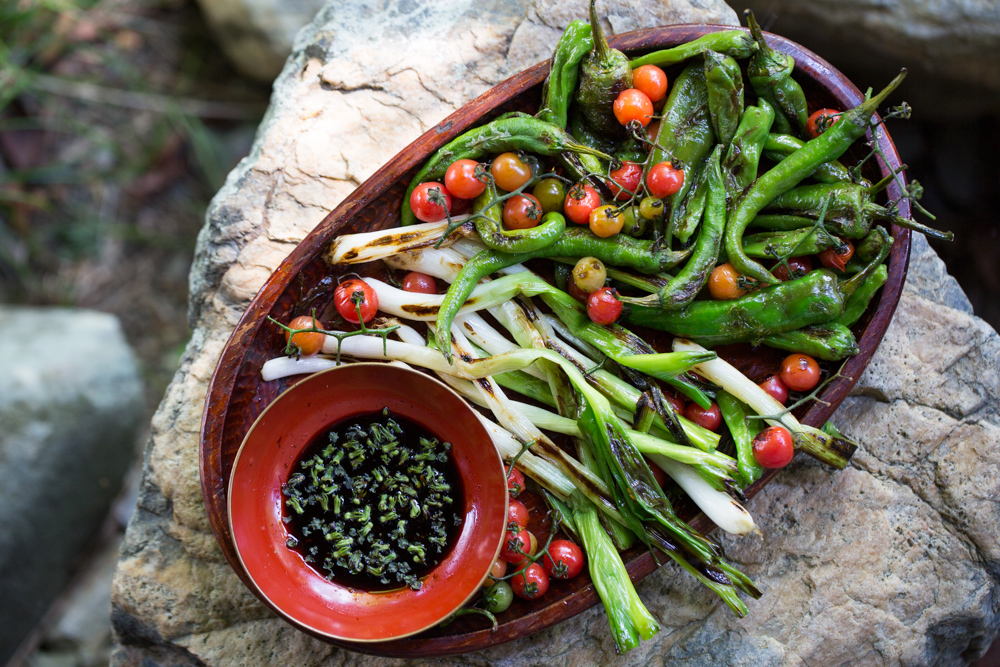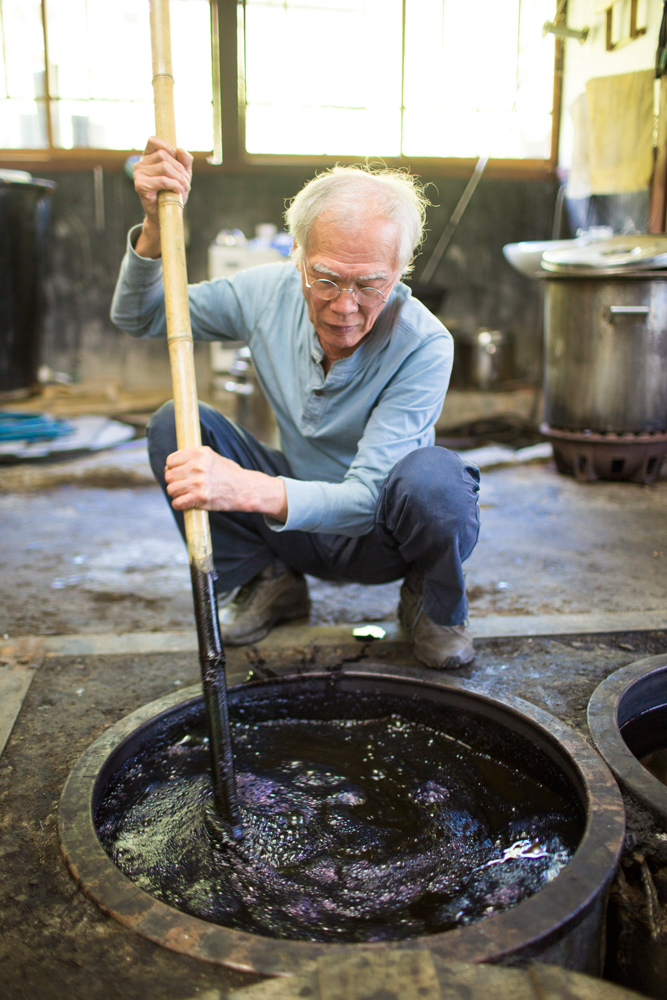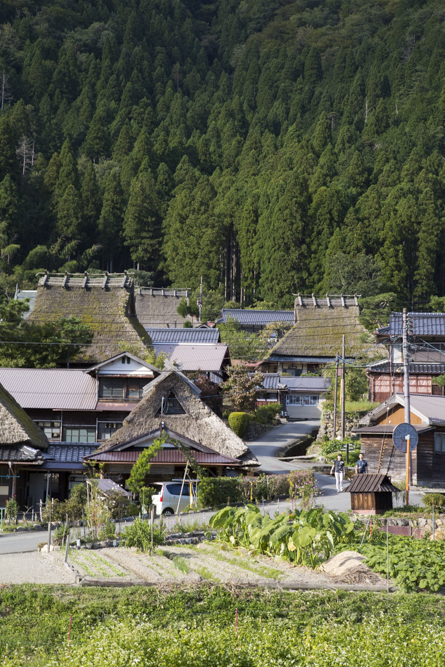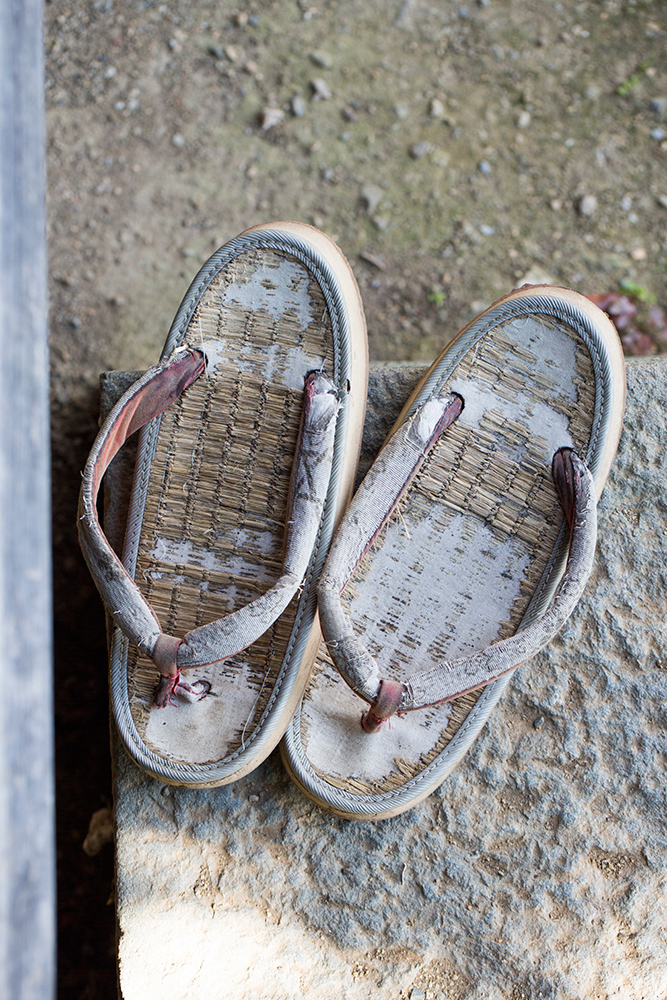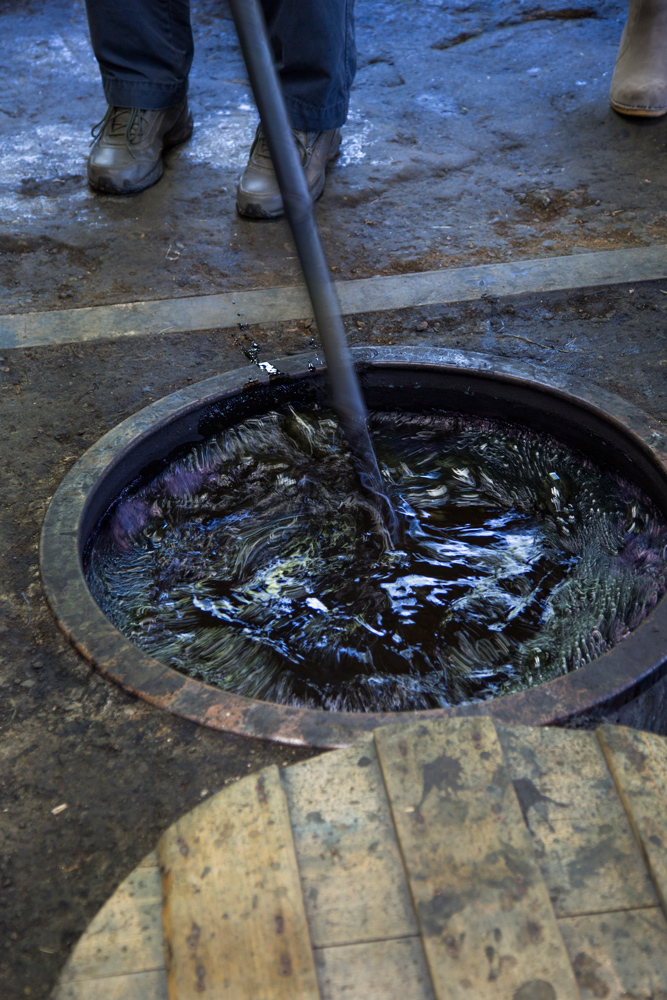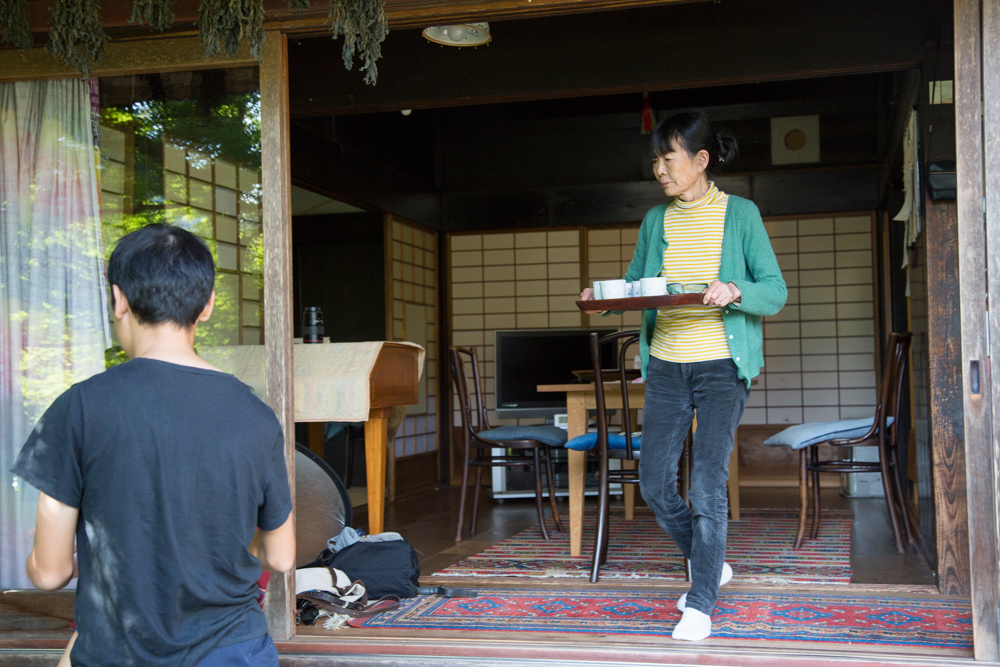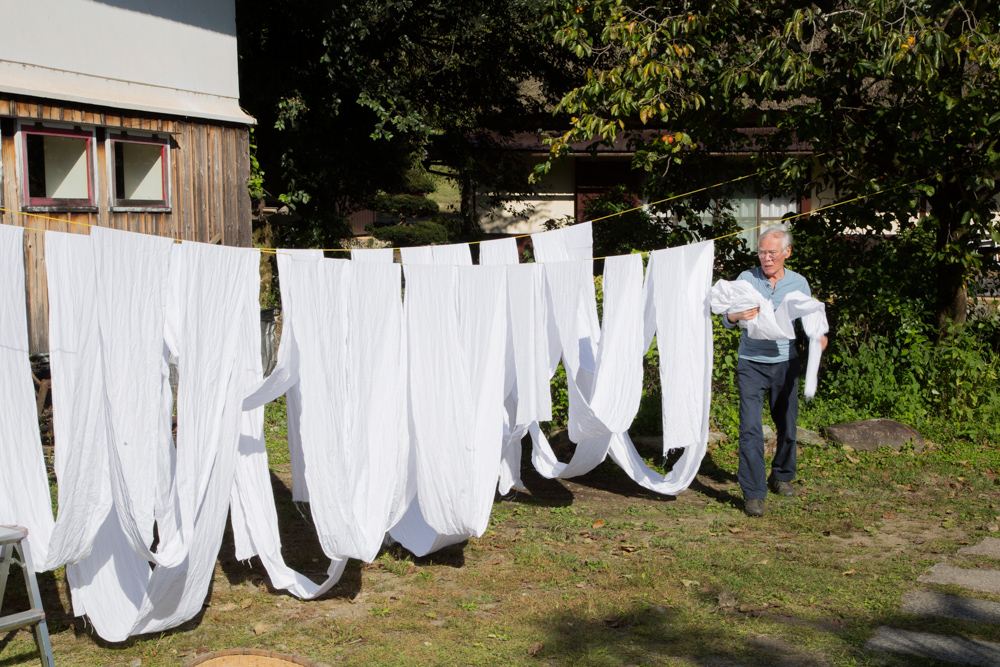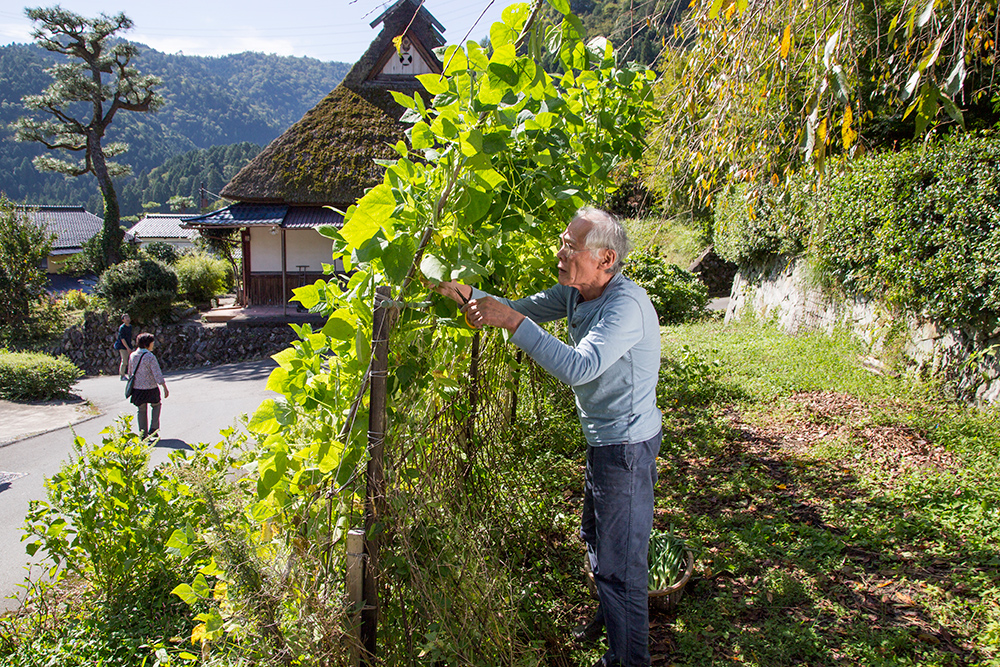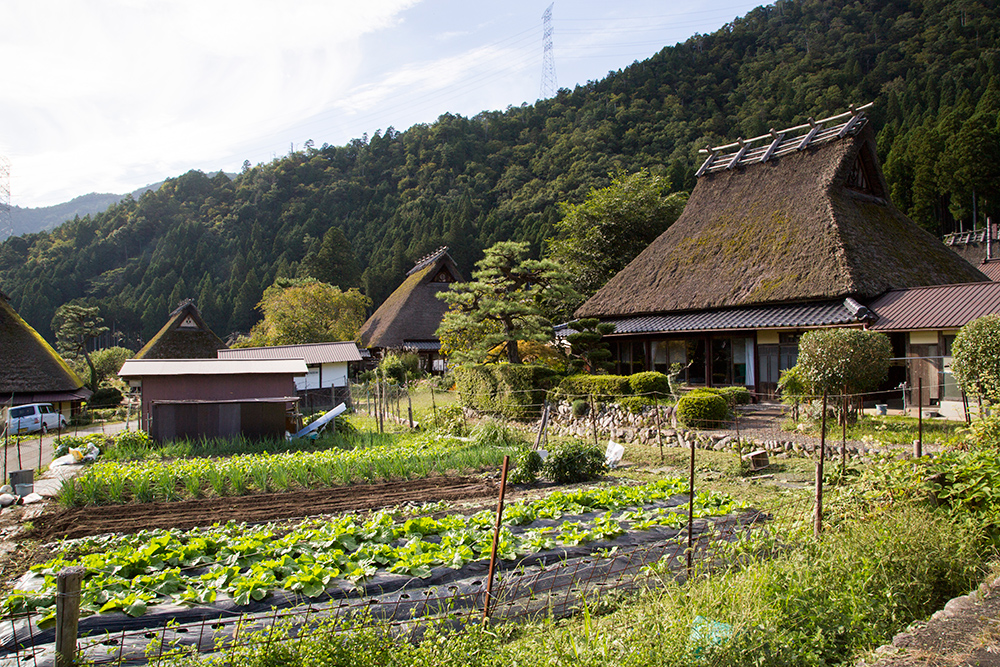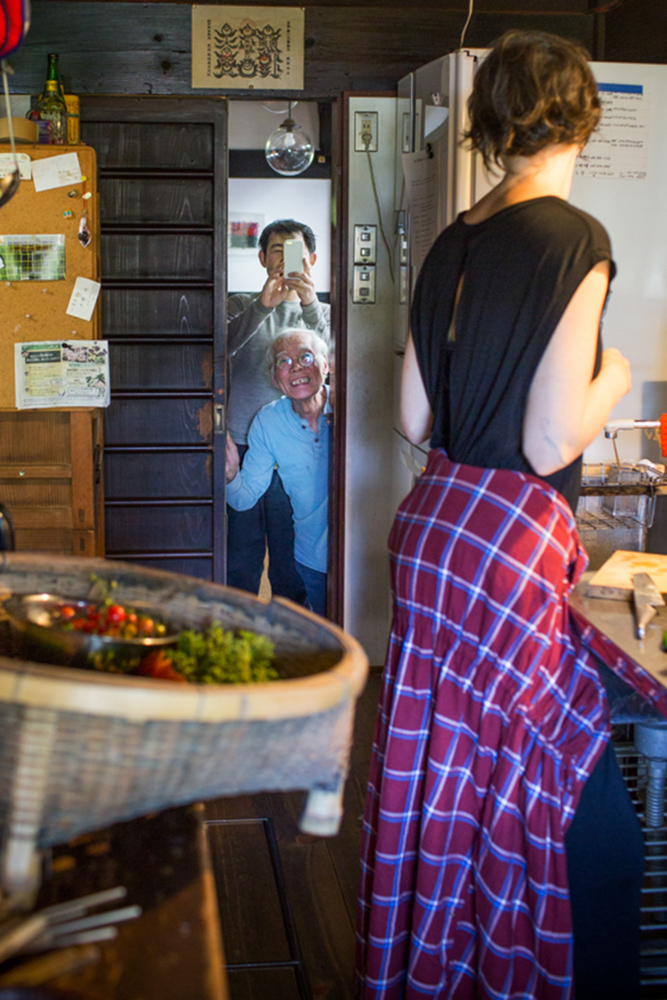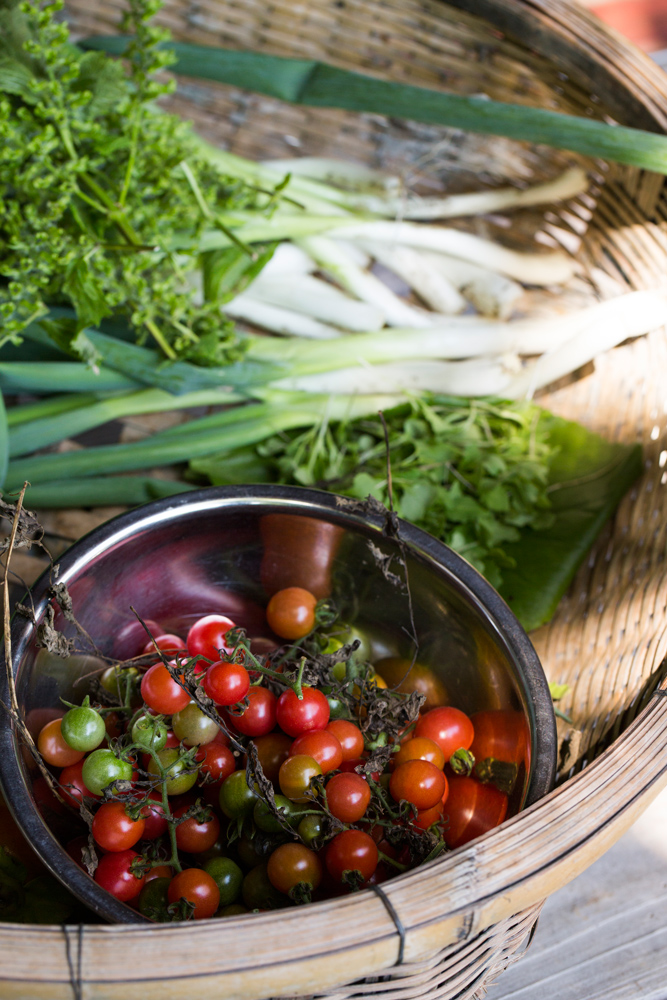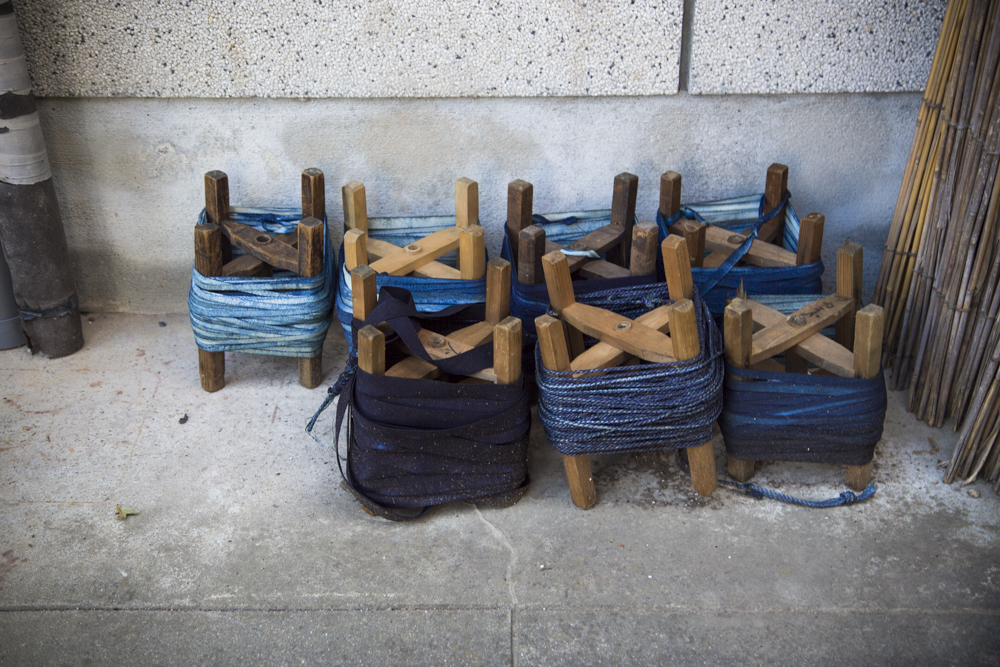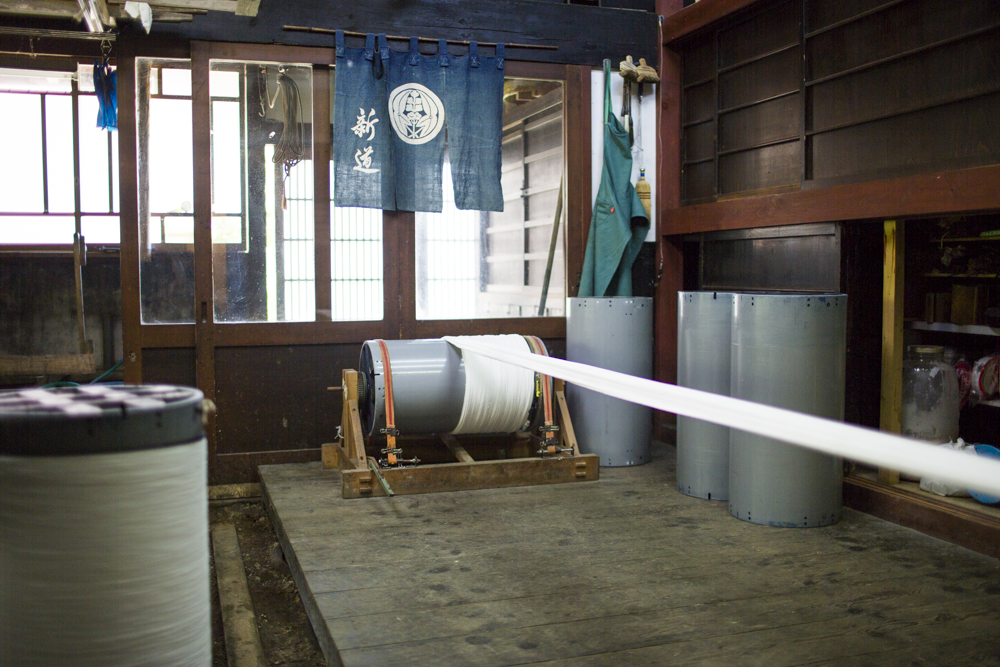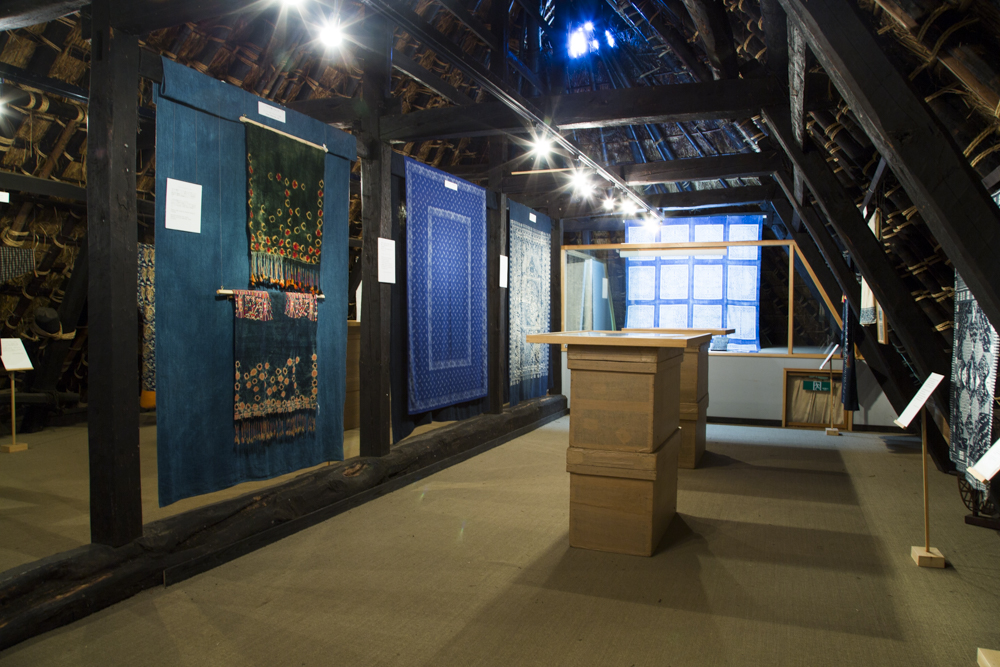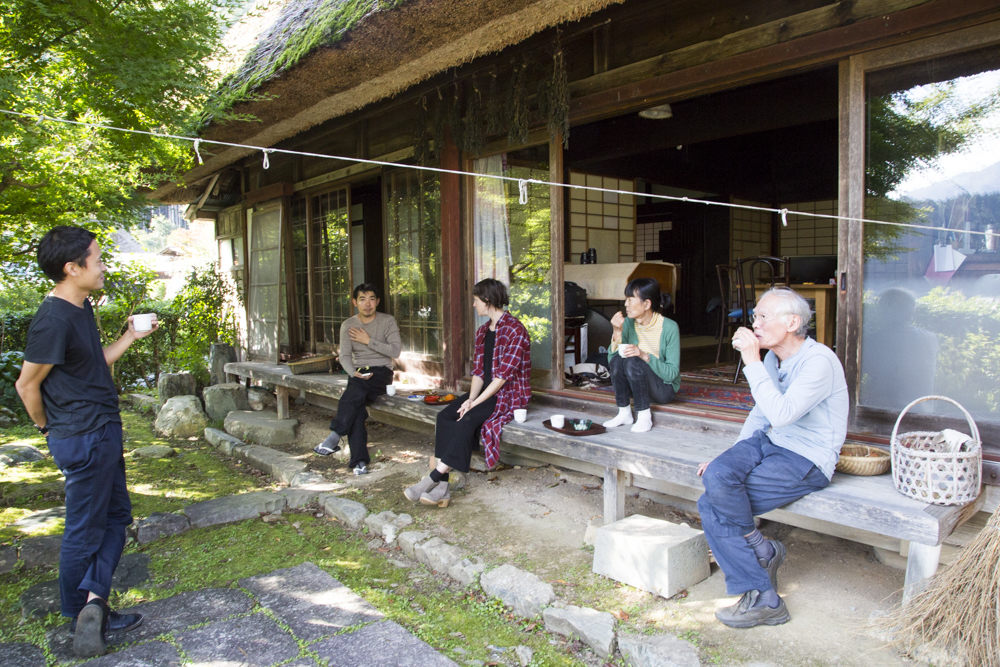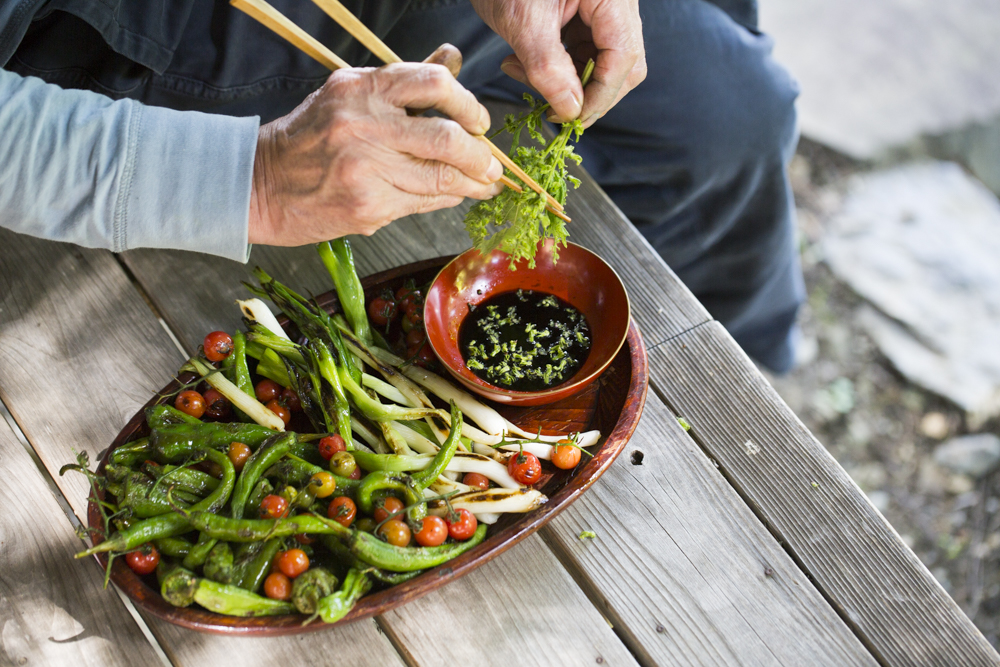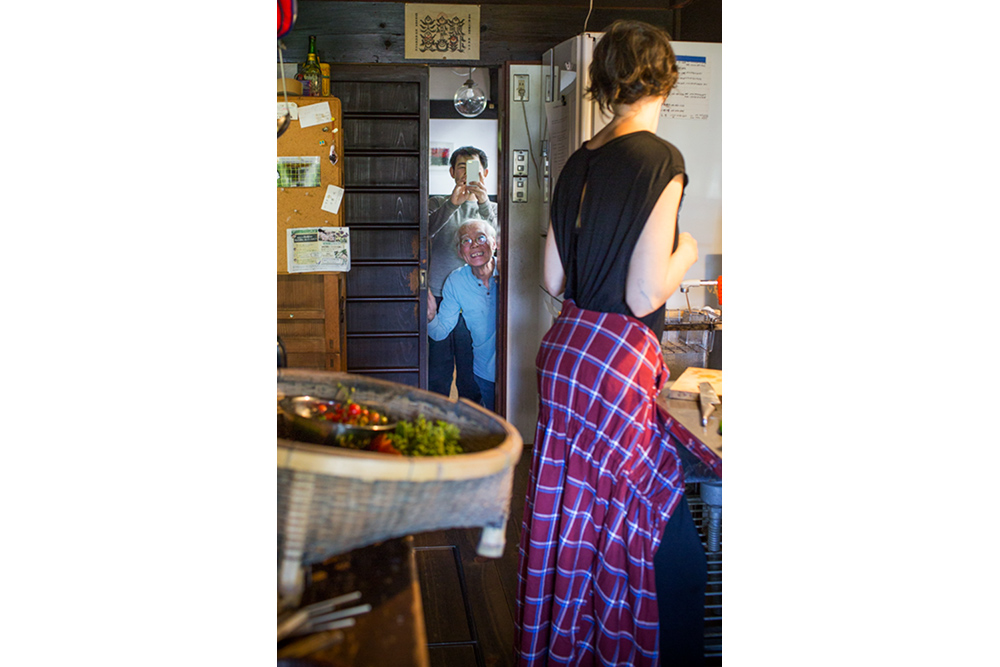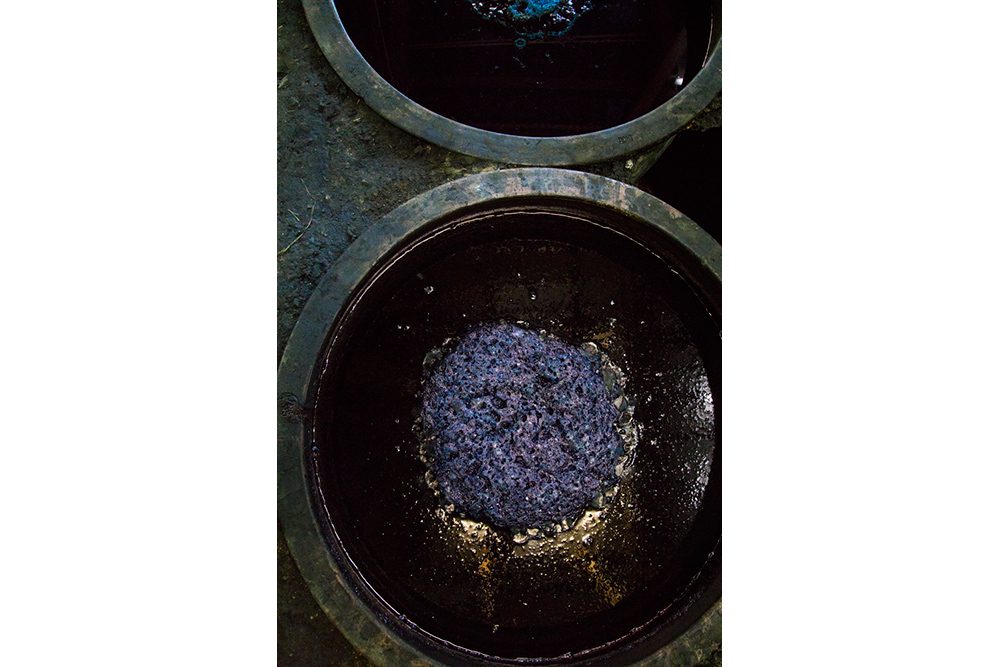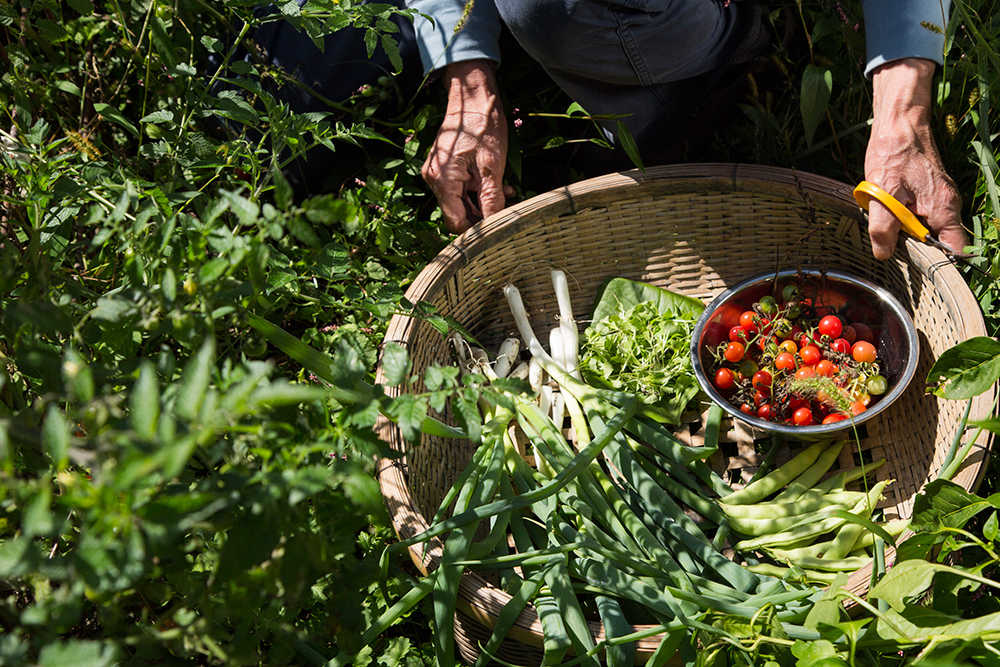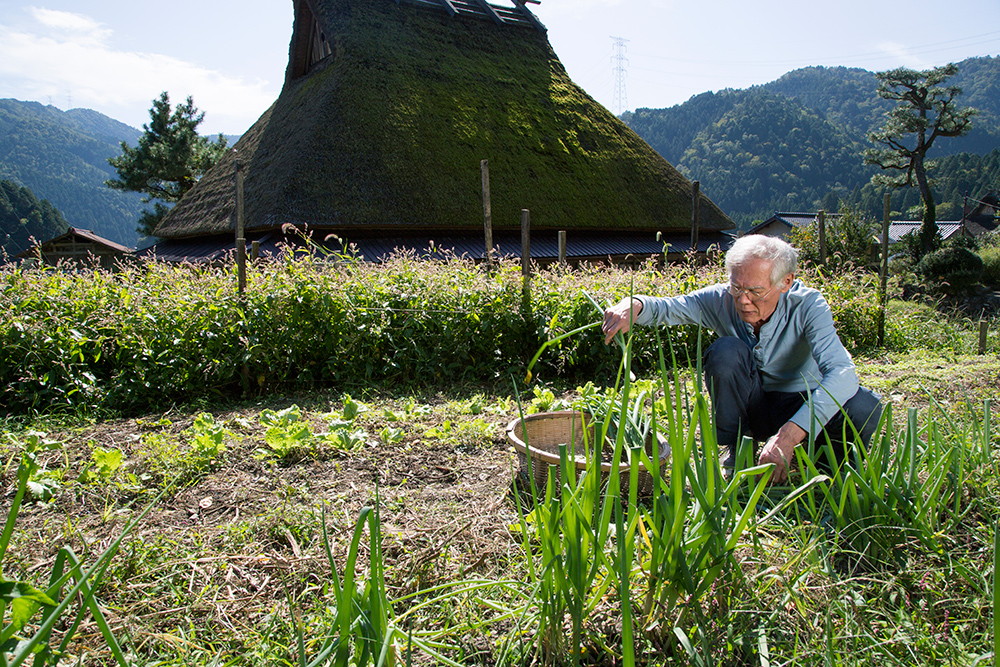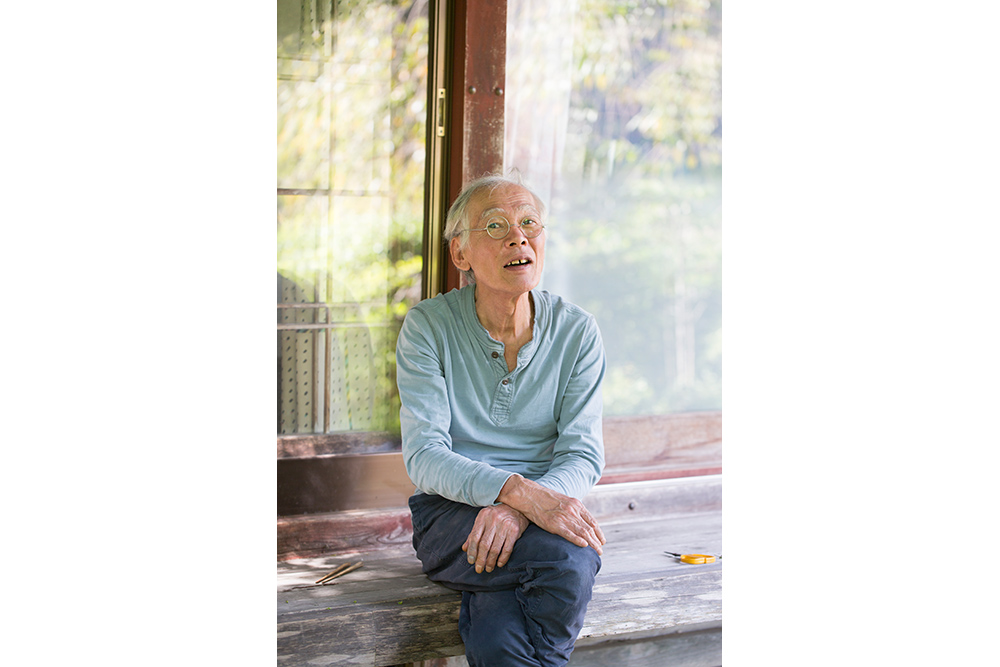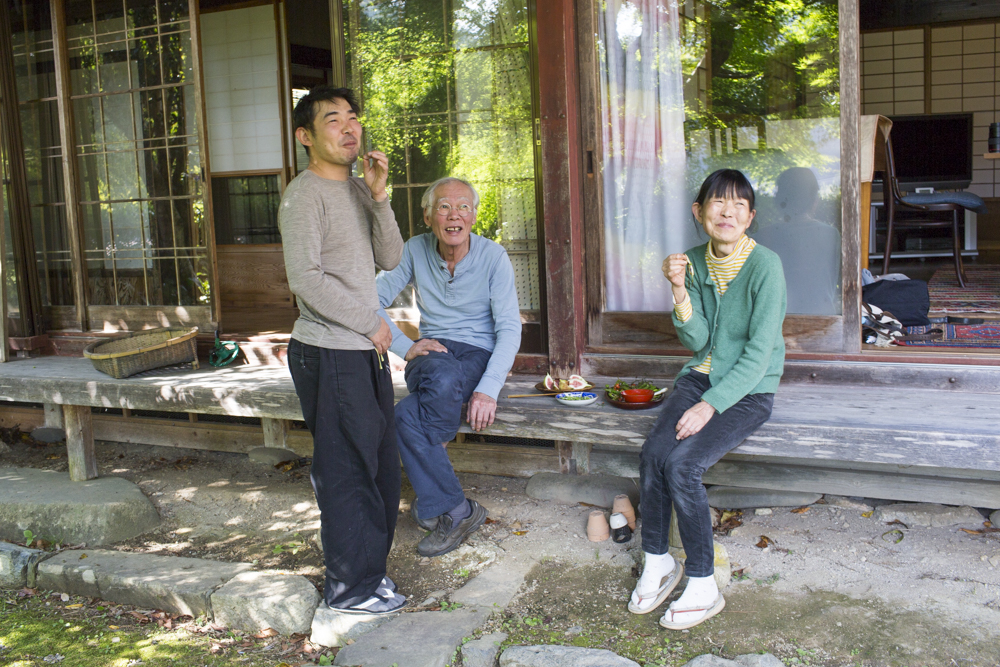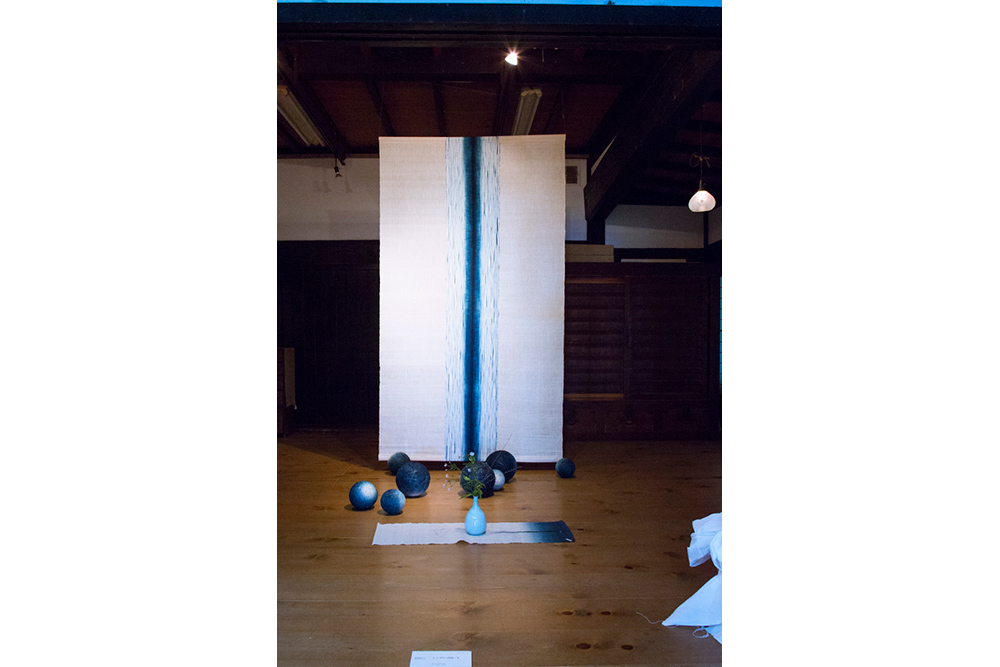Manganji Peppers, Green Onions, Baby Tomato + Shoyu Shiso Dip
Shindo’s Blistered Vegetables Salad
INGREDIENTS
- green onion,
- pepper,
- sesame oil,
- shishito,
- shiso,
- soy sauce
NOTES
Sub any good seasonal dipping veg (snap peas, pole beans, romano beans) for the green onion and peppers. Manganji are a sweet pepper that are super seasonal in Japan, similar to a shishito. While traveling, I saw shiso buds commonly eaten alongside soy sauce as well, usually with sashimi, but if you cannot find shiso flowers, just finely mince your shiso leaf and add it to your dipping sauce.
RECIPE
DIFFICULTY
EASY
SERVES
4
PREP TIME
10 MINS
Salad
-
3/4lbmanganji or shishito peppers
-
1cuptiny cherry tomatoes, on the vine
-
1bunchgreen onions, tops and roots removed
-
1tbstoasted sesame oil
-
1tspsesame oil (un-toasted)
-
sea salt
-
1dashshichimi togarashi (Japanese chili flakes)
Dipping Sauce
-
1/4cupsoy sauce
-
1tspshiso flowers (sub shiso leaf)
INGREDIENTS
- green onion,
- pepper,
- sesame oil,
- shishito,
- shiso,
- soy sauce
In my world, indigo dyed blues and natural fabrics are at the height of fashion, but if you ask master indigo dye artist Hiroyuki Shindo, he can trace the practice across the globe back to Pakistan, to a time before Christ. For the past 35 years, in the tiny village of Miyama, Shindo mixes barrels of frothy blue indigo dye, each batch fermented for weeks on end. This is no small feat; the dye must be tended to like a pet — a mountain of dried indigo leaves are sprinkled with water and allowed to compost over 5 months, fed organic wheat bran and coaxed with dashes of sake to keep the bacteria happy and alive (maybe I was an indigo plant in my former life?) 4′ tall spools of cotton fabric are then dipped in the concoction, and eventually sent off to be spun into fabric to make high-end summer kimono. Shindo himself summons the old adage, “the Indigo dyer has no time to dye his own clothes…” (I hadn’t heard that one either), instead, he prefers to wear uniqulo, like most Japanese people he knows.
Shindo is not just a manufacturer, he is an artist and a scholar, having practiced his craft his entire life. Above his studio and his home, both sheltered under a historic moss-covered thatched roof, he has created a museum to share his collection of antique indigo clothing from all over the world. He has curated and installed the exhibit himself, showing pieces from places like Syria, which should act as a reminder of a shared history amongst disparate nations.
In the wall label next to a Syrian dress from the 18th century, Shindo writes:
It was sad news that 2 Japanese hostages were killed by terrorists in Syria last year. Damascus has been a very important economic transfer point between Asia and the Arab world. In fact, Syrian [indigo] shibori technique dates back to the 5th century.
So, when we showed up at Shindo’s door looking to make a salad, he schooled me in the social morés of the Japanese, agreeing to participate out of sheer curiosity, but reiterating the rarity of this exchange. “You don’t understand! If you walked up to my neighbor’s door and asked him to let you in to cook lunch, he would shut the door on your face! I do this because I too am an artist, and I am curious about the way other people think about art. You are lucky to be here!”
Then he sent me to the kitchen to cook lunch for him and his wife. Amen, Shindo. Amen.
